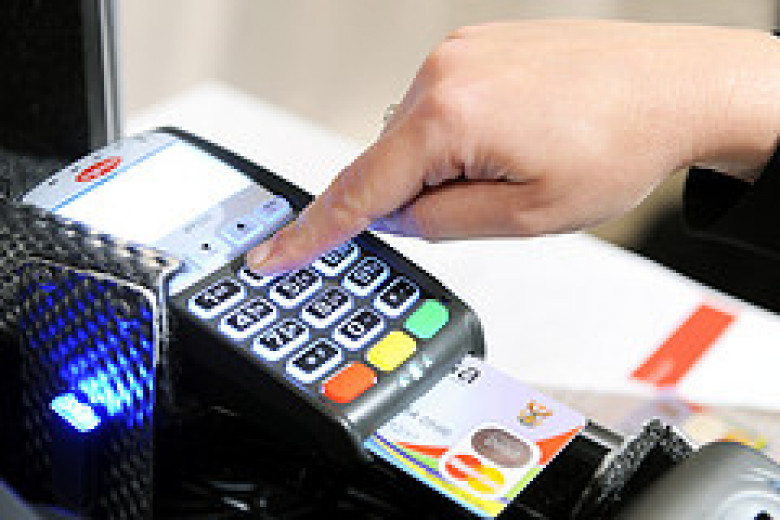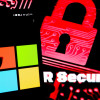Chip & PIN vs. Chip & Signature
The Obama administration recently issued an executive order requiring that federal agencies migrate to more secure chip-and-PIN based credit cards for all federal employees that are issued payment cards. The move marks a departure from the far more prevalent “chip-and-signature” standard, an approach that has been overwhelmingly adopted by a majority of U.S. banks that are currently issuing chip-based cards. This post seeks to explore some of the possible reasons for the disparity.
Chip-based cards are designed to be far more expensive and difficult for thieves to counterfeit than regular credit cards that most U.S. consumers have in their wallets. Non-chip cards store cardholder data on a magnetic stripe, which can be trivially copied and re-encoded onto virtually anything else with a magnetic stripe.
Magnetic-stripe based cards are the primary target for hackers who have been breaking into retailers like Target and Home Depot and installing malicious software on the cash registers: The data is quite valuable to crooks because it can be sold to thieves who encode the information onto new plastic and go shopping at big box stores for stuff they can easily resell for cash (think high-dollar gift cards and electronics).










































































